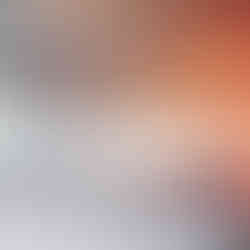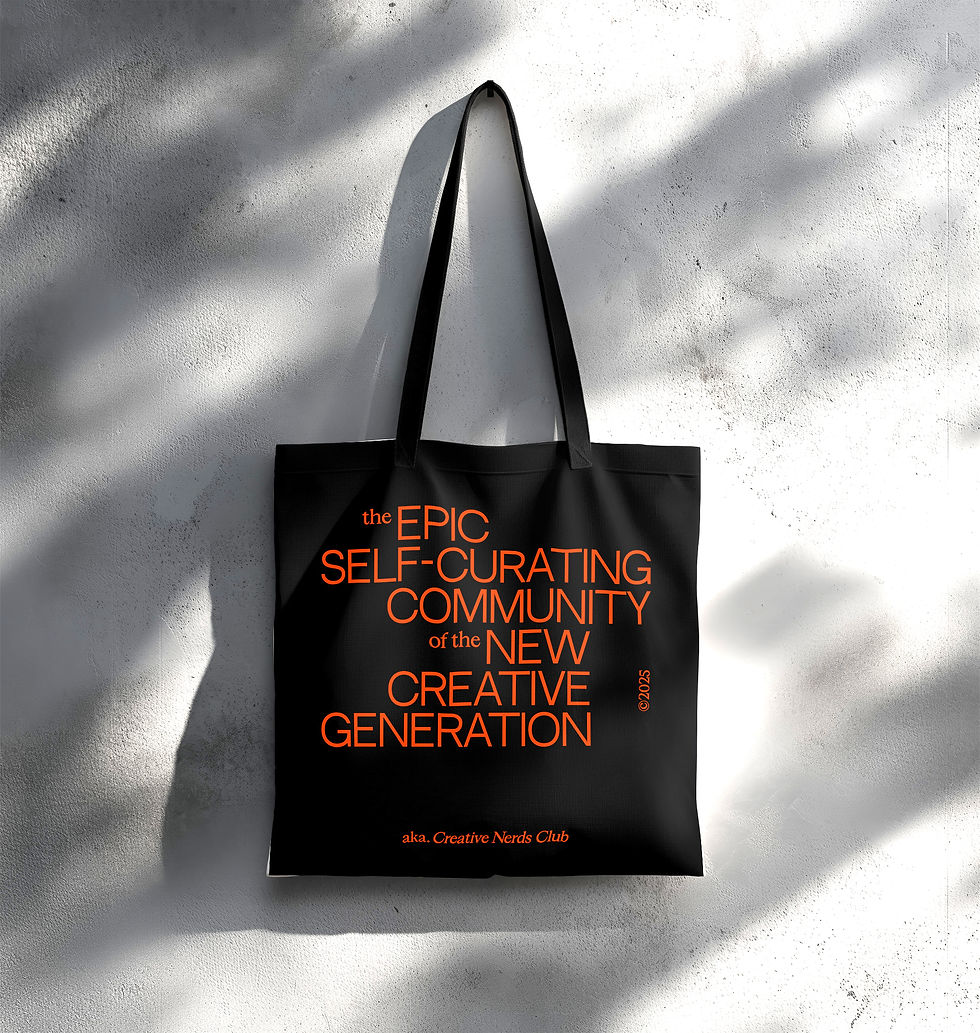Rive Roshan | Artist Duo
- Onur Çoban

- Mar 26, 2024
- 4 min read

We talked to Ruben de la Rive Box and Golnar Roshan, founders of Rive Roshan, an art practice that aims to create sensory experiences and arouse curiosity by exploring the interaction of light, color, space and material, about their work and production practices.
Who is Rive Roshan? Can you briefly tell us about yourself?

Rive Roshan is the artistic practice of Ruben de la Rive Box (Netherlands, 1981) and Golnar Roshan (Australia, 1986). The two partners started their careers in several high-profile design studios, including Tom Dixon, Marcel Wanders and Tord Boontje. Working alongside some of the most prolific product and interior designers Rive Roshan formed their vision of a holistic approach towards design, bridging graphic, interior and product design disciplines and blurring the lines between design and art.
At the core of the studio’s development are the self-initiated research-based projects, exploring visual wonder as a means to beauty and the role of design in emotional well-being. Rive Roshan creates to connect with people intuitively. Through experimental processes, they design immersive spatial experiences, materials and objects that enrich lives. A deep interest in colour, texture and materiality leads to an aesthetic of raw beauty. Golnar and Ruben are also co-founders of Form Editions - an editions house focussed on curating and bringing together collections by artists and designers working with interesting materials and processes. They also are owners and partners of Design & Practice a thought-provoking creative agency working on branding strategies for clients in the Art and Design industry, some notable clients include TEFAF, Publicis Drugstore, and Tom Dixon
You have an art practice that focuses on emotional well-being. What is your approach to creating an intuitive connection with people and how do you create designs that serve this purpose?
Nature often has the ability to make us feel more in-tune with ourselves. For example, when you stare at a body of water for a while you become calm and at ease. Water is elemental in human life and we have found that its presence in space and the emulation of the effects of water have a soothing effect on people. As a practice, we aim to create work that is designed to create calmness and change one's state of being. Water is often a reference point or substance for creating that experience. We try to translate these effects into our work to be able to have a similar effect on people when they experience our pieces or installations.
"With our work we often aim to shift perspectives, we believe that if art is able to shift they way that we look at things then we can also shift people's mindsets to be more open to other things in the world around them."
How is your deep interest in color, texture, and materials reflected in the raw beauty aesthetic of your work, and how does it engage with the viewer?
In our studio we play a lot, when we are creating ideas for new work the process is very raw and very hands-on. Often we see beauty in simple phenomena that we encounter when playing with materials, light and colour.
Can you tell us a bit about your production process? Are you closer to analog or digital techniques?
In our studio we often start analogue in the early process of our work, we sometimes paint, we often make early prototypes or mock-ups in other materials but very quickly we move into high tech processes. We are fascinated in the idea that there are really innovative and high-tech companies and machinery out there that can create huge and very detailed things. When we learn about a material or a process we often try to find the essence of what we are working with. For example our 3D printed sand objects make use of a technique that is used to make molds for metal casting, the result from our side is to reverse that process and use it as a final object rather than a mold. When you think of sand you think of something that cannot stay still, that is free and always moving. This is what we tried to capture in our Freedom Vessels and Voices Vessels.

Which work has excited you the most so far in terms of the design process and the final product?
We love to work on a large scale. We recently completed a really large-scale artwork at Penn1 above Penn Station New York. The architect wanted an interactive artwork above the starecase of the building so that it felt like it was constantly changing, without any digital technologies or screens. We created a reflective installations that shifted in colour, light and captured the movements of passers by. For us the collaborative process where the art, technical feasabilities and architects come together is extremely exciting.
Penn Station
Can you tell us a bit about the sources of inspiration behind your work? Who are the names you follow with curiosity in this field or in other disciplines?
Certain art really speaks to you when you experience it, you experience it and then it stays with you as a deep memory for the rest of your life. For example the work of James Turrell at the National Gallery of Australia in Canberra is one which has stuck and that often comes to mind. Golnar is particularly inspired by works of Shirin Neshat, who has been a great inspiration and activist for Iranian women through her art. She teaches us that art has the power to speak, and convey messages that otherwise can not be understood. It is a path to empathy.
Are you excited for the future and what are your plans?
This week we will be at the COLLECTIBLE Fair in Brussels and in April we will be presenting an installation which is a choreography between our work, sound and light in Milan Design Week 16-21 April at the SOLIDIFIED exhibiton - (via Carlo Farini 35) - it will be the first time where we do something like this and turn our work into a performance. Often light and movement is something that interacts with our work spontaneously - this time we are controlling the conditions with full intent. We ourselves are curious to know what comes from it.














































